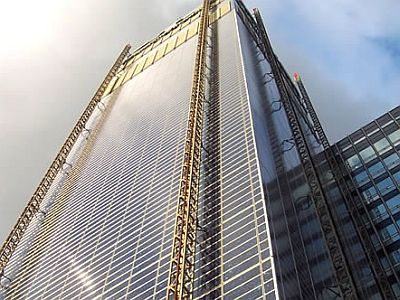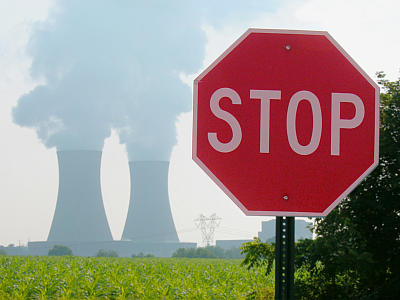What exactly is a small hydroelectric power generation system 'RHT' that is much cheaper and more environmentally friendly than solar power generation?

Hydropower provider
Genius Micro Hydro Turbine Is Far Cheaper Than Solar-YouTube
Natel Energy has partnered with Symbion Power, and 'RHT' of the small hydroelectric power generation system scheduled to be deployed in the Democratic Republic of the Congo is this. While being inexpensive and sustainable, it also has the advantage that fish can safely pass through, making it a great power generation system for least developed countries like Congo.

According to Natel Energy, RHT is much cheaper to equip than off-grid solar systems.
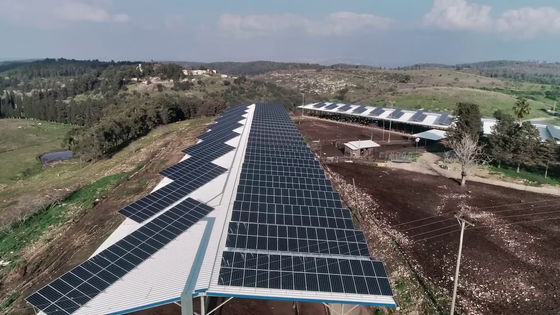
The appeal of hydroelectric power lies in its ability to produce clean, renewable energy without emitting pollutants. However, large dams for hydroelectric power generation can be harmful to wildlife if not properly managed.
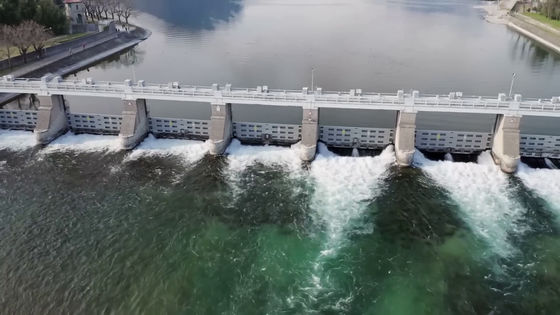
When a hydroelectric power generation system using a turbine is installed in a river, the water that has passed through the turbine returns to a higher place due to water circulation, making it possible to supply clean power in a cycle that can be said to be infinite.
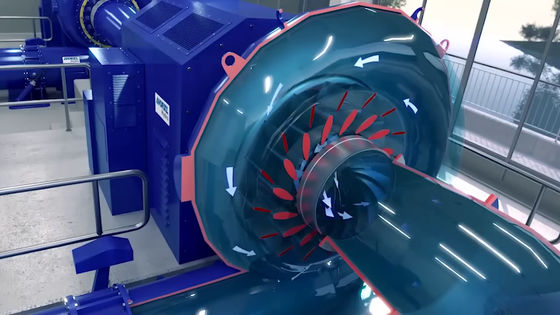
However, installing a turbine in a river may have an adverse effect on fish, so it seems necessary to devise ways to prevent fish from entering the turbine. There is also the restriction that turbines for rivers must be designed to have a low head .
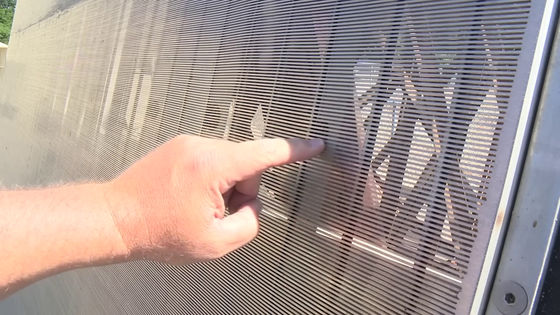
Head is the pressure at a point in a fluid expressed in length, such as meters or feet. For example, imagine a cup filled with water. Due to the weight of the water on top of the cup, the pressure at the bottom of the cup is higher than the pressure at the top.
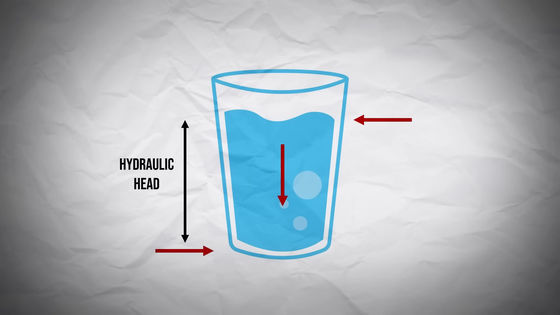
In other words, if there is a water wheel with a water head of 10 meters, the same pressure is applied to the inlet as if there is a water column of 10 meters.
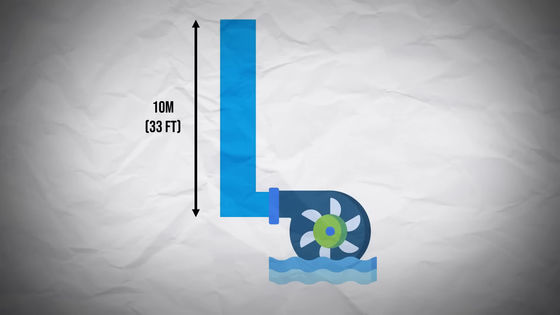
That's why Natel Energy developed RHT. This turbine has thick blades and a special slope to allow fish to pass safely. This eliminates the need for a wire mesh to prevent fish from entering, leading to cost reduction.
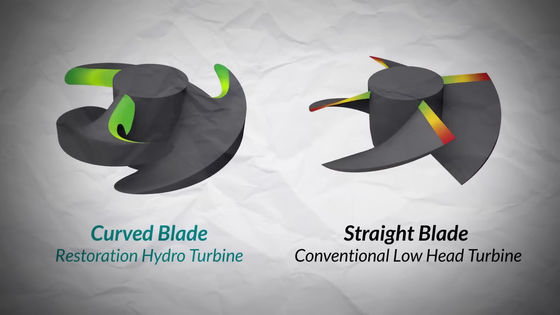
The survival rate of fish in Natel Energy's RHT is over 99%, which is a very high figure for such a compact turbine.
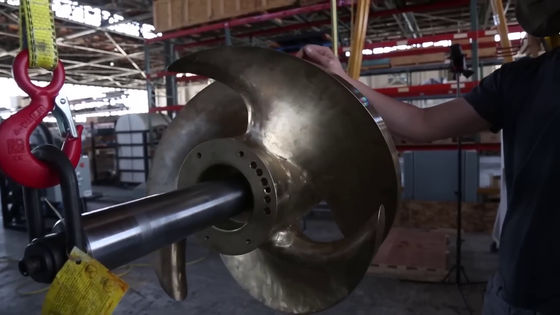
The diameter of the RHT turbine is about 0.5 to 2.5 meters, which is extremely compact. Therefore, the RHT is also suitable for low head installations.
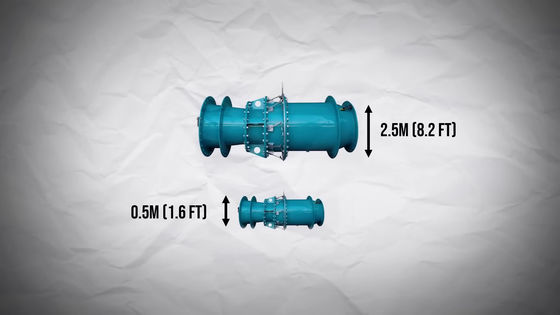
In order to popularize RHT made by Natel Energy, Natel Energy and Symbion Power established a power investment venture 'My Hydro' in Africa. My Hydro plans to install RHTs at 33 candidate sites in Congo.

In addition, Natel Energy's RHT has already undergone a large-scale demonstration experiment at the Monroe Hydroelectric Power Plant in September 2020 using a turbine with a water head of 5 meters and a water head of 300 kW. RHT has been successfully put into practical use.
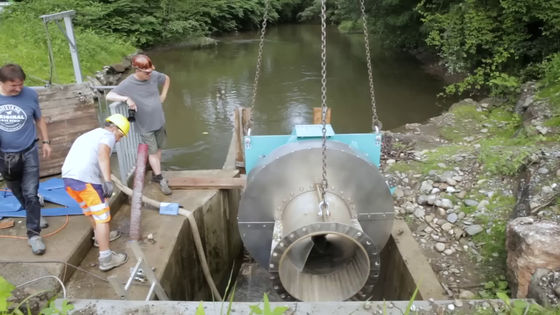
The maximum output of the RHT installed in Congo is 4.5 MW, and the annual average output of the turbine is about 25 to 75% of the maximum output. is expected to be With this amount of power generation, it is possible to supply electricity for 2,000 ordinary households in the United States and 40,000 ordinary households in rural Africa. In addition, since the power demand of general households in areas where Congo's RHT is installed is even lower, it seems that it is believed that power can be supplied to more households.
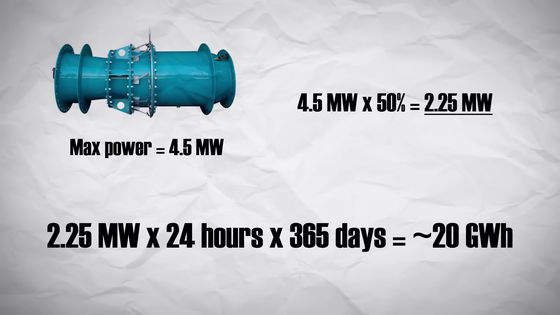
Although Congo owns about 13% of the world's hydropower installations, only 10% of the population has access to electricity. Therefore, My Hydro's RHT installation project seems to be 'very important' for the country.

Also, the lifetime energy cost of Natel Energy's RHT is considerably cheaper than 'off-grid solar'. Although the cost of RHT varies depending on the size of the water head and installation location, the average lifetime energy cost is announced to be only 4 to 6 c/kWh, which is equivalent to a large-scale solar power generation system.

Considering that hydro turbines can continue to generate power 24 hours a day, 365 days a year, it is possible to realize further cost reductions as large-scale energy storage systems are not required.
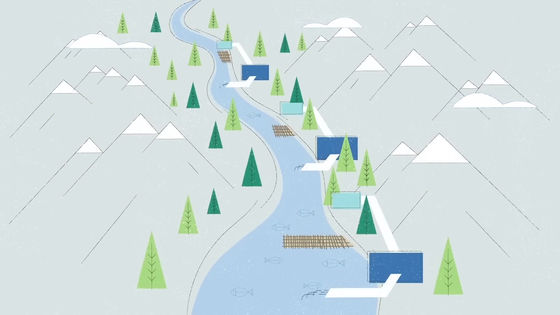
Related Posts:
in Video, Posted by logu_ii


